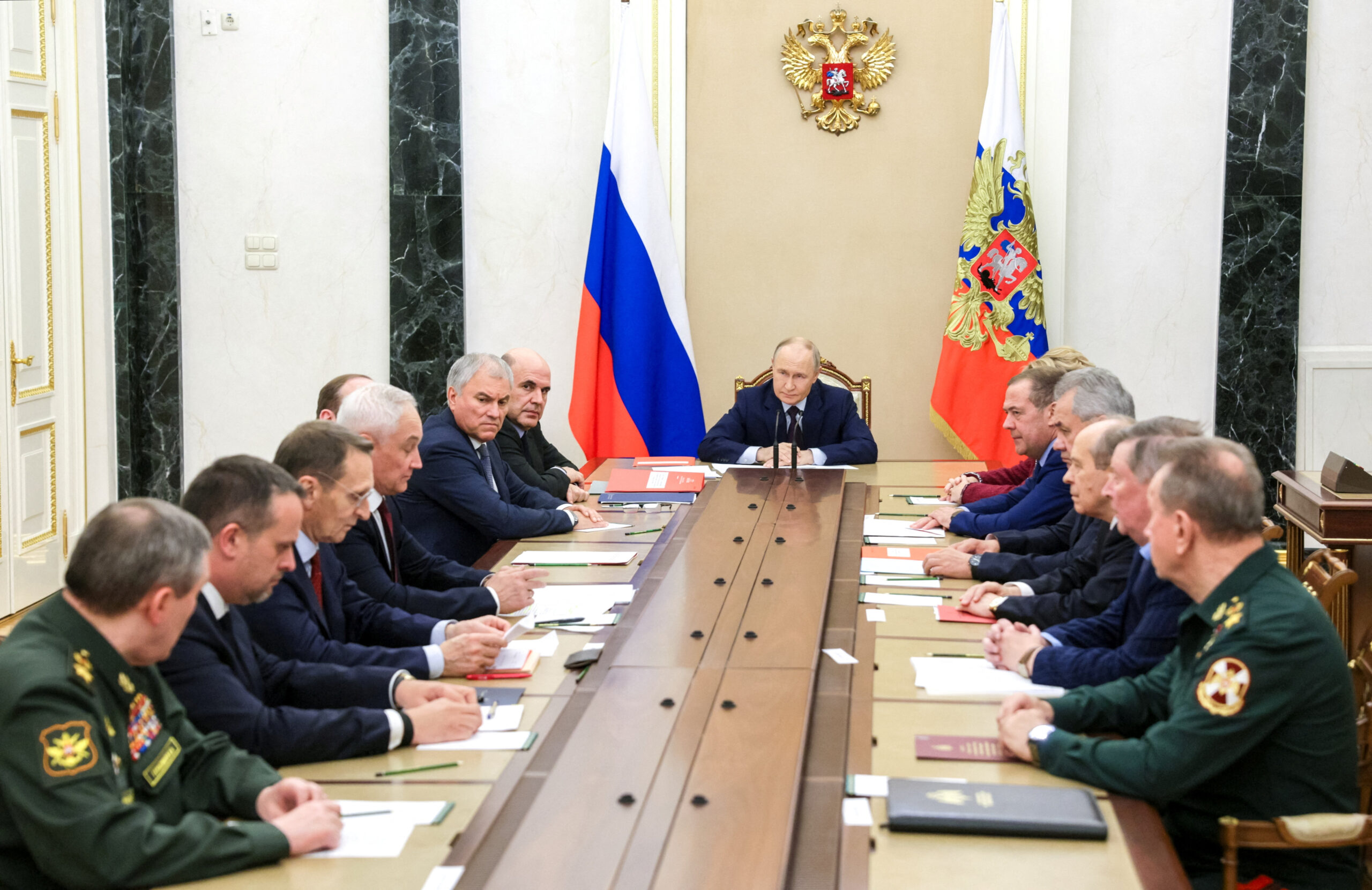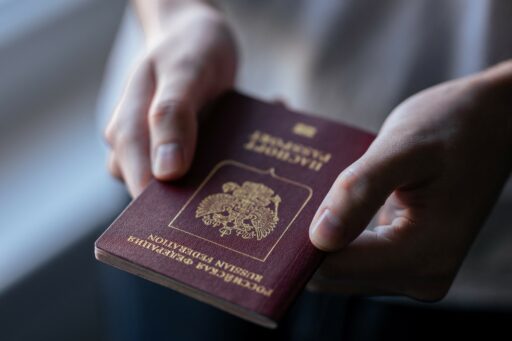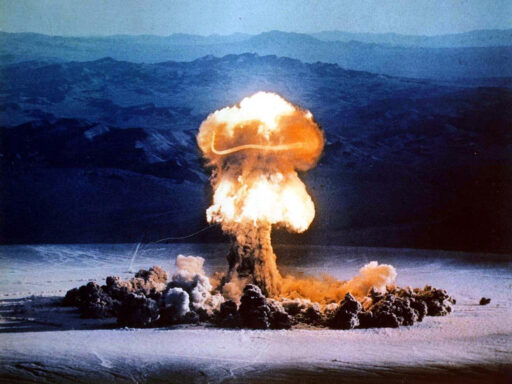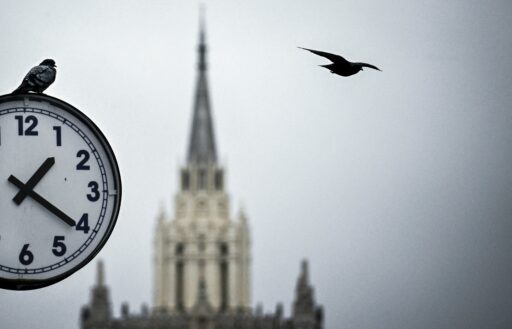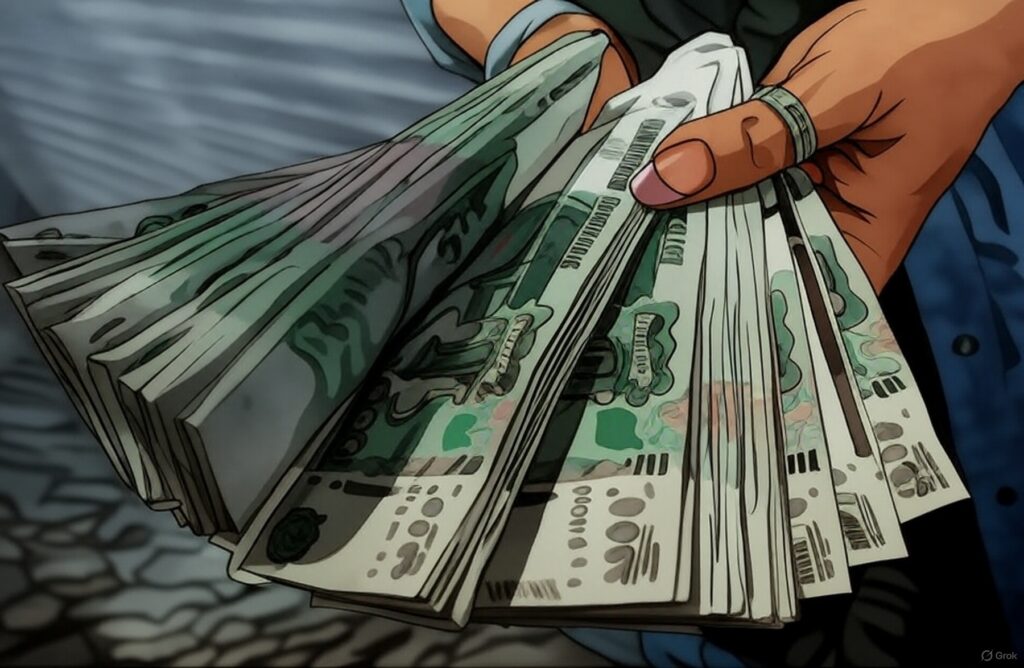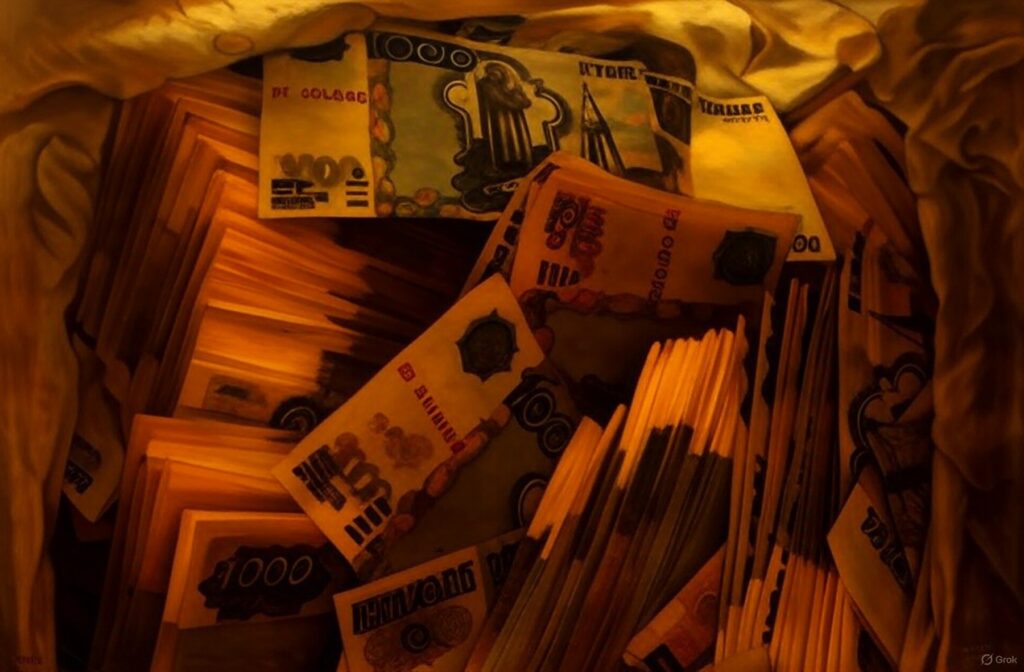One imagines that the presidential administration, security officials, and Putin’s closest advisors are pleased to see President Trump undermine American trade policy, economic vitality, scientific prowess, industrial strength, and security partnerships. Kirill Dmitriev’s trip to Washington highlights a clear belief that some sort of deal with the Trump administration remains possible, regardless of peace in Ukraine, where there is still no evidence of de-escalation. Dmitriev’s faint nod toward potential security guarantees for Ukraine outside of NATO was lukewarm at best—a possible shift in position more likely intended to further divide European partners from Washington. It’s still early days for the new U.S. tariff regime, and the tariffs technically don’t take effect until next Wednesday. But there’s little reason for the Kremlin to celebrate just yet.
New car sales in Russia dropped 45% year-on-year in March, with fewer than 83,000 light vehicles sold, as over 80% of auto loan applications are rejected. Car prices have fallen 10% due to this collapse in demand. Sales of Chinese vehicles are plummeting, thanks to a recycling fee used as a backdoor tariff. RZhD confirmed that Far East rail transit fell 2.9% from January to March, a troubling sign now that coal miners in the Kuzbass are officially losing money as of March on every ton exported eastward. Purchasing Managers’ Indices (PMIs) for manufacturers—a metric tracking business orders and activity—hit their worst levels in three years in March.
It’s undeniable that Russia’s consumer economy is buckling under high interest rates, with a steep downward trajectory for big-ticket purchases like cars and homes, and a steady decline elsewhere as industries produce less output than last year. Manufacturers have seen their margins improve due to a strengthening ruble, which reduces the cost of imported inputs. However, since they can’t export freely under sanctions and Russians are forced to buy more domestically produced goods or services, a stronger ruble weakens Russian firms’ export competitiveness without significantly boosting consumer purchasing power. If inflation from late 2022 through 2024 was primarily a labor market phenomenon, the slowdown in activity we’re now seeing paradoxically allows businesses to retain higher margins on their sales. Yet they can’t invest more of those earnings into production or raise employee wages without intensifying the labor market problem. Inflation is now structurally embedded in ways that can’t be undone without triggering a recession.
This is where Trump’s latest trade policies and OPEC+’s shifting approach to market management come into play. The oil bloc announced it would accelerate its plan to return more barrels to the market, targeting an additional 411,000 barrels per day in May. Oil prices have now dipped below $ 70 a barrel, and if a global recession or significant GDP hit emerges from U.S. trade policy, they could fall further. Not only would this weaken the ruble—undoing its gains since Trump’s inauguration—it would also raise the cost of sustaining large investments in the energy sector, which directly and indirectly supports the employment of 3 million people. Oil firms typically generate substantial demand for contracts and services through the large investments required to maintain existing oil and gas fields or develop new ones. With taxes and interest rates already so high, the only option may be subsidies of some kind, which could worsen inflation without generating significant future export earnings as oil demand growth stalls and then declines.
Putin has ordered an increase in the annual conscription target to 160,000 men aged 18−30—the highest since the war began—alongside a goal to expand the active-service military by 180,000 personnel to reach 1.5 million by 2026. Setting aside official claims that these targets are unrelated to the war in Ukraine, they may signal a deeper issue. The cost of propping up struggling sectors will rise as their margins shrink—such as in coal or similarly beleaguered industries—or as they require more subsidies to manage the high interest rates restraining inflation (which then exacerbate it). At a certain point, it becomes easier for the regime to conscript men into the military as both an economic policy and a release valve for a weakening outlook. A record 6.4 million Russians took out microloans for the first time in 2024, a stark reminder that the war economy has in no way benefited everyone, except for those directly paid for service (or death) at the front, or the upper middle classes able to build businesses supplying the war, exploiting sanctioned trade, or extracting high margins from Russians with nowhere else to turn.
With the global economic outlook increasingly dim, Russia’s continued reliance on external demand for energy will hurt. There is no demand stimulus for Russian businesses or households outside the war. Ignore claims that labor shortages are normalizing. While the Ministry of the Interior reported a net staff shortage of 19% for police and other security roles under its purview as of March, that figure has risen to 23% as these departments lose workers to a war effort that pays better. Any hit to oil demand or demand expectations will further erode whatever «growth» the economy is managing to eke out. Meanwhile, China’s wholesales of battery electric vehicles, plug-in hybrids, and traditional hybrids rose 43% year-on-year for January-March. While the pace of adoption in Europe has slowed, with consumers increasingly opting for plugless hybrids, battery electric sales have returned to decent growth despite a collapse in Tesla purchases. Now, 60% of all light vehicles sold in Europe feature some form of electrification. Don’t mistake the disorderly slowdown in the U.S. for a lack of consumer interest, ambition, or potential in other large markets. It’s not encouraging that Russia’s two primary oil and products export markets appear to be accelerating their adoption of alternatives.
Finally, there are the unintended consequences of Trump’s trade actions. The most telling sign that investors and markets are betting against his economic agenda is the weakening of the U.S. dollar, despite the traditional expectation that tariffs strengthen a currency by reducing its supply abroad through import purchases. The euro and pound have gained strength. The relaxation of Germany’s debt brake and the European Commission’s rearmament plans aren’t magic fixes for what ails the continent, but a crisis of confidence in America’s role as the world’s biggest consumer and provider of financial stability may spark unexpected adaptations. Scores of American scientific talent are poised to move to Anglosphere countries or Europe in the wake of massive cuts to federal spending on R&D, basic programs, and looming reductions to veterans’ benefits. Some Americans will leverage their ability to claim citizenship in EU member states or the UK. Russia has claimed to want a multipolar world for decades, yet its leaders failed to grasp that in a world of transactions, they needed to offer more than energy, weapons, or threats. The potential for a rearming—and, perhaps inadvertently, revitalized—Europe facing a Russia with a now-hollowing economy is not the recipe for global influence the Kremlin may have once envisioned.

